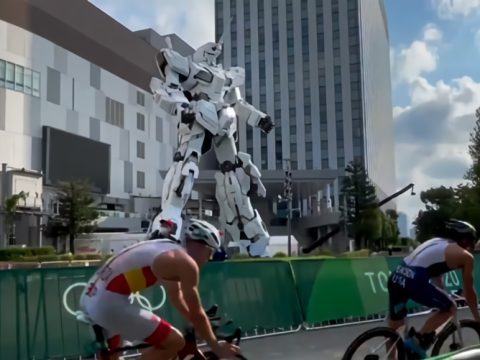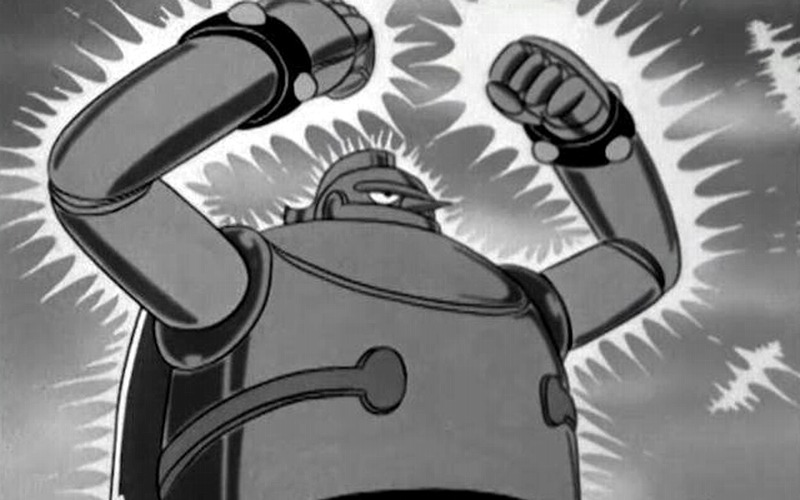
It’s safe to say we don’t watch giant robot anime expecting it to be “normal.” These are shows where huge mecha fight dinosaurs and fling galaxies at each other. If anything, we enjoy how crazy these shows can get. But there are some anime robots out there that are, even by our reckoning, pretty darn odd.
This is just a small sampling from across the decades, of course. But these five big metal lads are even stranger than advertised.
Gold Lightan is literally a Zippo lighter.
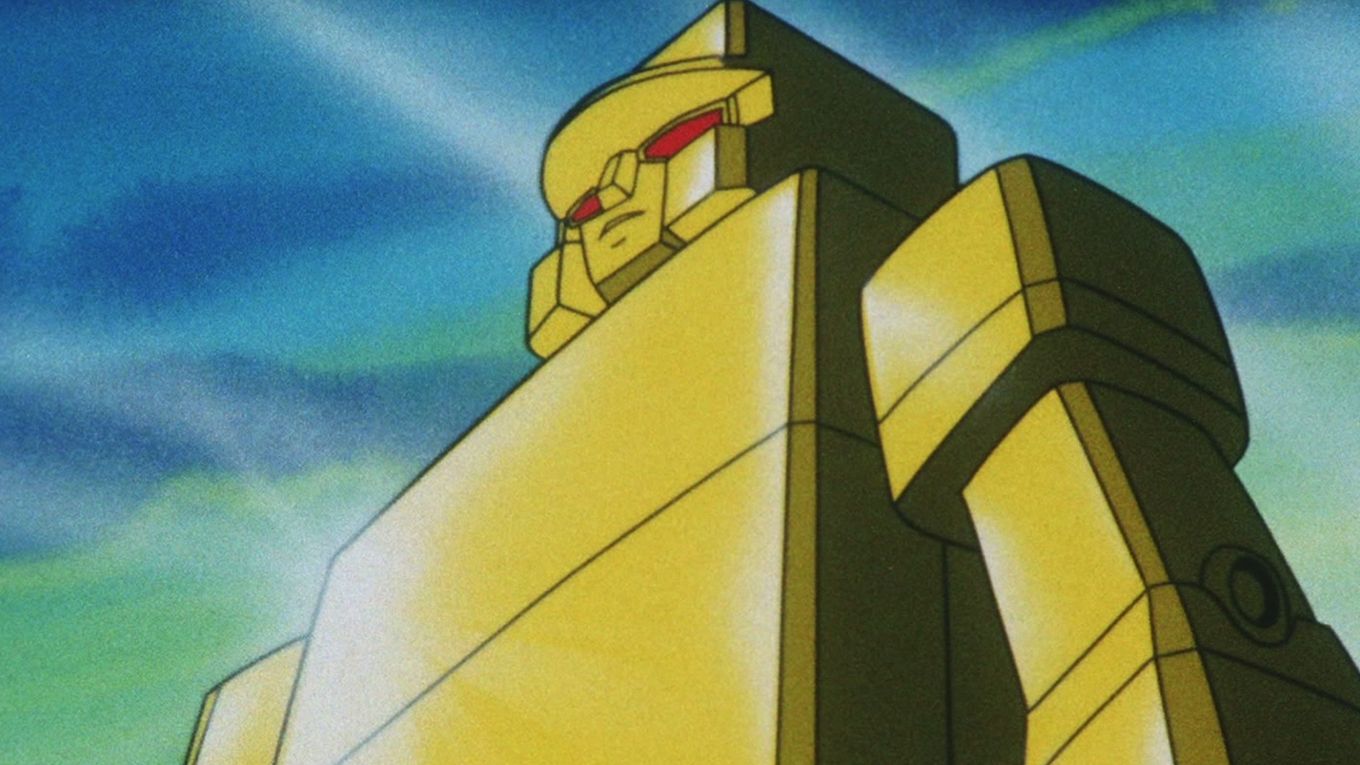
Anime robots tend to have a theme, because we love themes. Wild animals, for instance, or sports. Or, you know, a lighter.
Tatsunoko’s 1981 series Golden Warrior Gold Lightan is about literally that: a 30-meter tall gold robot disguised as a small Zippo lighter. When he’s not fighting evil aliens with the help of his robot friends, Gold Lightan is very tiny and lives in Hiro’s pocket. As you might suppose, this made for some highly marketable transforming toys. (Also, he’s an absolute beast in Tatsunoko vs. Capcom.)
Ryujinmaru is a school art project.
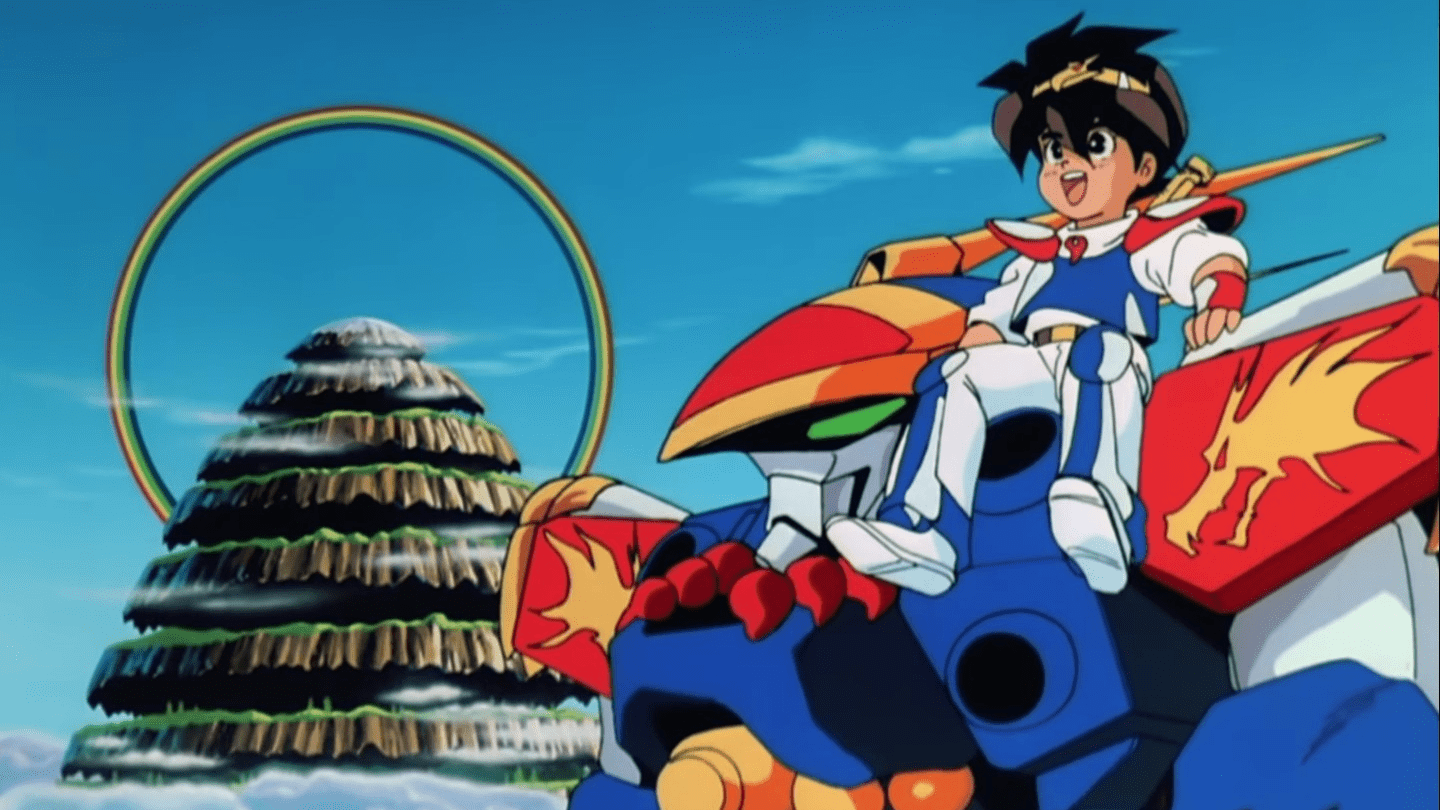
Mashin Hero Wataru is a cheery giant robot isekai series about a boy and his robot. (It’s also the basis of Keith Courage in Alpha Zones, which is nothing like its source material.) But that robot, Ryujinmaru, started life as a little clay sculpture made Wataru. See, Wataru accepted a challenge to make the best robot sculpture he could out of clay. Considering his came to life and fights monsters, we’re going to assume he won said challenge.
The pair returned this year for a follow-up series, in which Ryujinmaru divided up into seven separate mechs. For fans of anime robots, that meant seven new figures to collect!
Tetsujin-28 was built to win World War II.

Anime robots can be sentient, or they can be tools. Mitsuteru Yokoyama’s Tetsujin 28 opted for the latter, with the title mech being a piece of machinery controlled by whoever possessed its remote. That’s actually a good thing… as its creator, the father of protagonist Shotaro Kaneda, intended it to be used as a weapon to bring down the Allied forces during WWII. Instead, Shotaro used 28 to help rebuild Japan and fight off his father’s misguided friends.
Since then, Tetsujin 28 has become a symbol of unity and rebuilding. A full-scale statue of the mecha stands in Kobe, a sign of the community’s dedication to rebuilding after the Great Hanshin earthquake of 1995.
Gakeen’s belt buckle is made of people.
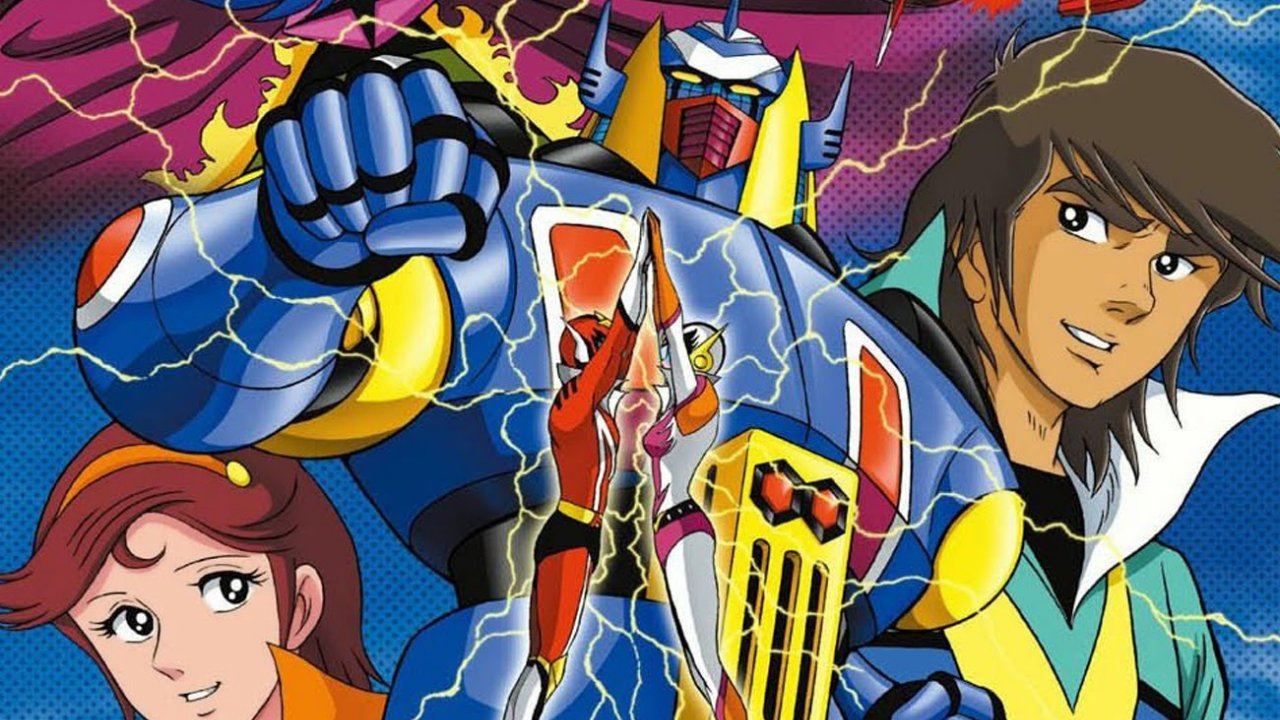
Known outside Japan as Magnos the Robot or Renegade Force, Magne Robo Gakeen has one of the odder on-boarding methods you’ll see on anime robots. And that’s taking into account things like hover motorcycles and jumping off cliffs. See, Gakeen doesn’t have a cockpit. The pilots, Hojo and Mai, underwent dangerous augmentation that allows them to fuse together into a magnetic metal plate. And that’s what makes the robot go.
Gakeen operates on magnetism, and we could make a lot of jokes here about the pilots. But the show’s imagery does a fine job of that for us.
Ganger can feel pain.
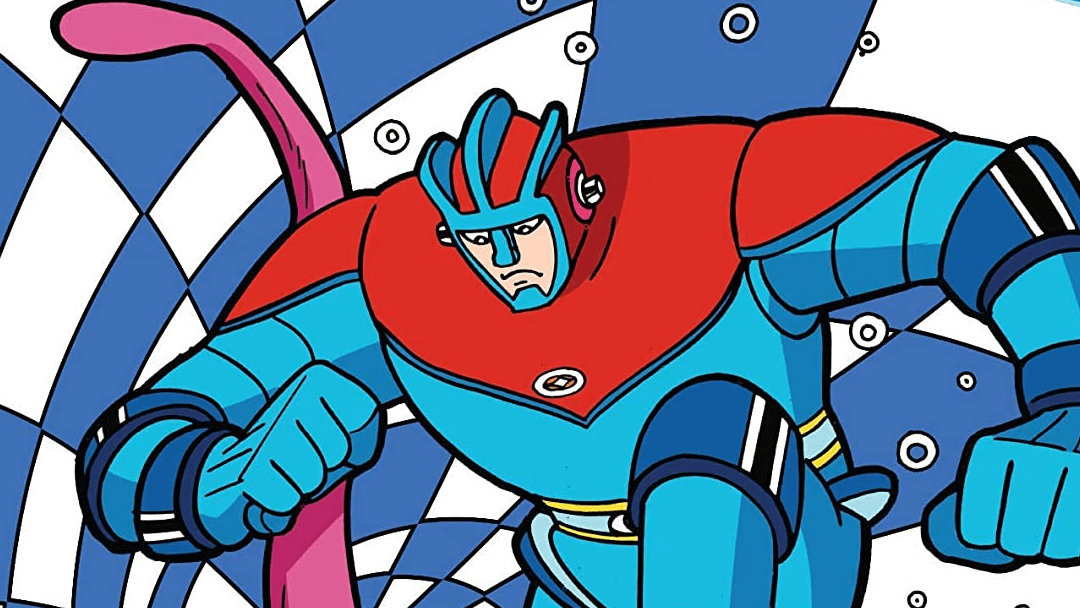
1972’s Astroganger is notable for two reasons. First, it just barely precedes Mazinger Z, making it the first of the anime robots to be broadcast in color. Second, it hails from the same staff as Chargeman Ken… and everything that comes with that.
Our heroic robot Ganger is made from living metal. He’s sentient, but also kind of dumb, and has no special abilities. Fortunately, his creator’s 10-year-old son Kantaro is here to help. If this is already sounding like a train wreck, allow us to remind you about the living metal part. Ganger can experience pain. Which seems kind of weird, and maybe a little mean. But hey, from the Chargeman Ken staff, this is surprisingly coherent.
What other anime robots can you think of with odd facts at their core?
Otaku USA may earn a small commission on purchases made through links in this article.



![SSSS.Dynazenon [Anime Review] SSSS.Dynazenon [Anime Review]](https://otakuusamagazine.com/wp-content/uploads/2021/08/16-9-SSSS.Dynazenon_Key_Visual_3.5-480x360.jpg)
![Back Arrow [Anime Review] Back Arrow [Anime Review]](https://otakuusamagazine.com/wp-content/uploads/2021/07/ba15-02686-480x360.jpg)
